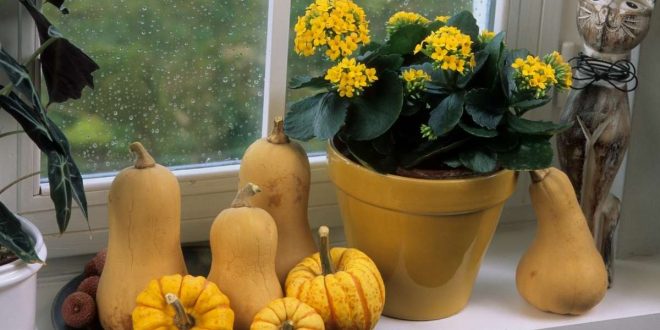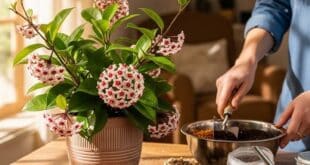What is Kalanchoe
Kalanchoe plant commonly known as Flaming Katy or Noel Kalanchoe, is a vibrant and low-maintenance plant that is perfect for indoor and outdoor gardening. With its colorful flowers and succulent-like leaves, Kalanchoe is a favorite among plant enthusiasts. Whether you’re a beginner or an experienced gardener, understanding proper Kalanchoe plant care will ensure your plant remains healthy and blooms beautifully year-round. This guide covers everything you need to know about Kalanchoe plant care, including sunlight, watering, soil requirements, propagation, and troubleshooting.
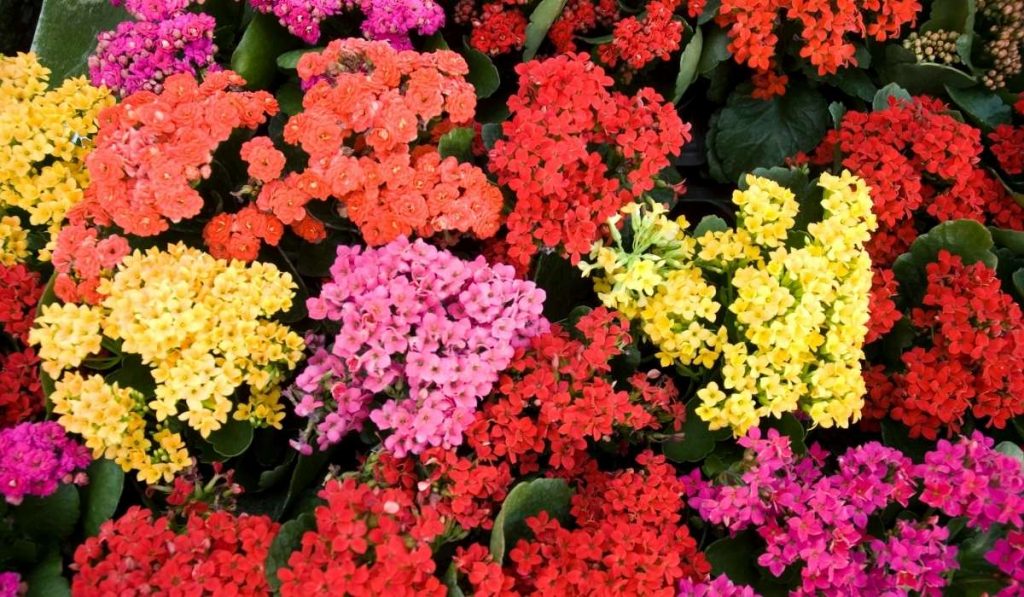
Why Choose Kalanchoe?
Kalanchoe is a versatile plant that adds a touch of tropical beauty to any space. Its compact size makes it ideal for desks, shelves, or windowsills, while its vibrant flowers come in shades of red, orange, yellow, white, and pink. Even when not in bloom, its glossy, scalloped leaves remain attractive. One of the biggest advantages of Kalanchoe plant care is its simplicity, making it perfect for busy homeowners or those new to gardening.
Essential Tips for Kalanchoe Plant Care
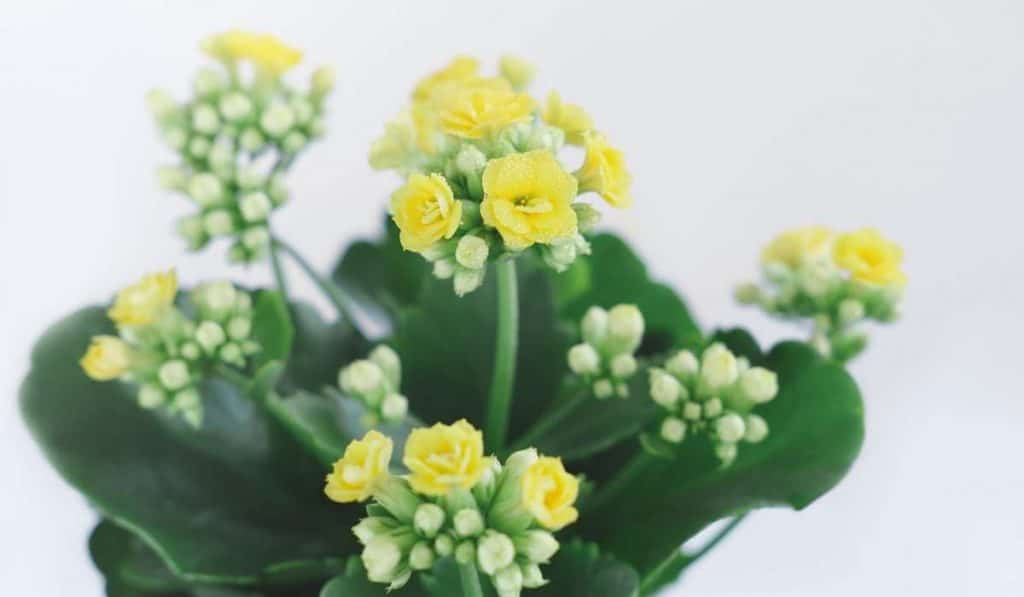
Sunlight Requirements
- Bright, Indirect Light: Kalanchoe thrives in bright environments but dislikes direct sunlight, which can scorch its leaves. Place your plant near a south- or east-facing window where it can receive indirect light throughout the day.
- Rotate the Plant: To prevent uneven growth, rotate your plant regularly. Plants naturally grow toward light sources, so rotating ensures balanced growth—a key aspect of how to care for a kalanchoe plant.
- Outdoor Placement: If grown outdoors, place Kalanchoe in a partially shaded area to protect it from harsh sunlight.
Watering and Moisture
- Low Water Requirement: Kalanchoe is a drought-tolerant plant due to its succulent-like structure. Allow the soil to dry completely between waterings. Overwatering is one of the most common mistakes in Kalanchoe plant care and can lead to root rot.
- Water Quality: Use decalcified or rested water for irrigation. Hard water can leave mineral deposits on the leaves, which may affect the plant’s health.
- Drainage: Always use pots with drainage holes to prevent waterlogging. Remove excess water from the tray to avoid fungal infections.
Temperature Preferences
- Ideal Range: Kalanchoe prefers temperatures between 18-21°C (64-70°F). It is sensitive to cold and should not be exposed to temperatures below 12°C (54°F).
- Avoid Sudden Changes: Protect the plant from air drafts and sudden temperature fluctuations. Stable conditions are crucial for proper Kalanchoe plant care.
Soil Requirements
- Permeable Soil: Use well-draining, humus-rich soil. Mixing sand or perlite with potting soil improves permeability, ensuring the roots don’t sit in water.
- Annual Soil Refresh: Replace the soil once a year to maintain its fertility and texture. Healthy soil is a cornerstone of effective Kalanchoe plant care.
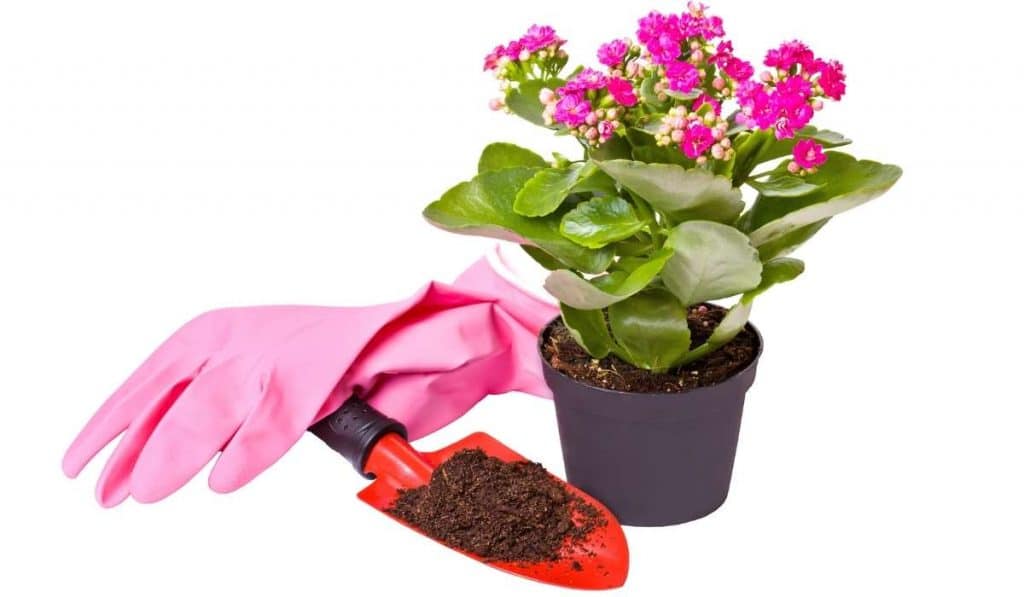
Fertilizer
- Feeding Schedule: Apply liquid fertilizer twice a month during the growing season (spring and summer). Fertilizing supports blooming and overall growth, making it an essential part of Kalanchoe plant care.
- Dilution: Always dilute the fertilizer with water to avoid overwhelming the plant. Organic fertilizers are recommended for gentle nourishment.
Pruning
- Flower Maintenance: Prune branches that have finished blooming to encourage new flower formation. Regular pruning keeps the plant looking tidy and is a critical aspect of Kalanchoe plant care.
- Leaf Care: Remove yellowing, rotting, or dried leaves to maintain the plant’s health and appearance.
Propagation of Kalanchoe
Propagation is one of the easiest and most rewarding aspects of Kalanchoe plant care. Whether you choose leaf or branch propagation, Kalanchoe reproduces quickly and easily.
- Leaf Propagation: Cut a healthy leaf and place it in water until roots develop. Once the roots are visible, transfer the leaf to soil for further growth.
- Branch Propagation: Trim a healthy branch and plant it directly into soil. Water sparingly until the branch establishes roots.
Common Issues and Troubleshooting in Kalanchoe Plant Care
Curling or Drooping Leaves
- Cause: Insufficient watering.
- Solution: Check the soil for dryness and increase watering frequency. Always ensure the soil dries out between waterings as part of your Kalanchoe plant care routine.
Lack of Flowering
- Cause: Insufficient light or cold temperatures.
- Solution: Move the plant to a bright area and ensure it is warm. Fertilize regularly during the growing season to encourage blooming.
Yellowing or Black Spots on Leaves
- Cause: Exposure to direct sunlight.
- Solution: Prune damaged leaves and relocate the plant to a bright, indirect light area.
White Spots on Leaves
- Cause: Contact with calcareous water.
- Solution: Use lime-free water and avoid watering the leaves directly.
Wrinkled or Thinned Leaves
- Cause: Water deficiency.
- Solution: Increase the frequency or amount of irrigation water.
Softened Branches and Stems
- Cause: Overwatering leading to rot.
- Solution: Stop watering temporarily and check the roots for damage. Proper drainage is essential in care.
Tricks for Successful Kalanchoe Plant Care
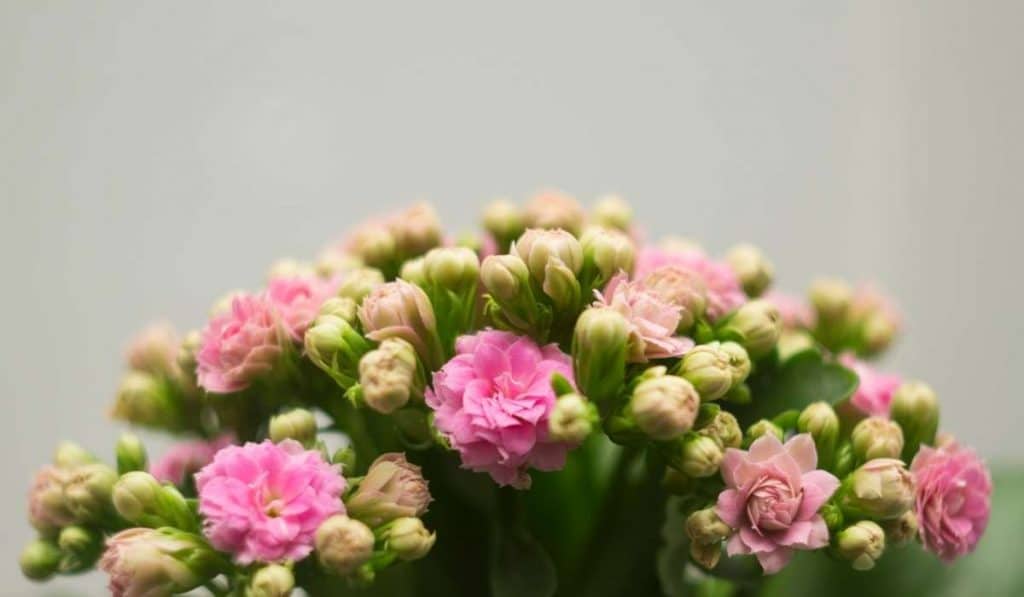
- Water only when the soil is completely dry to avoid overwatering.
- Avoid water contact with the leaves during irrigation to prevent fungal issues.
- Prune off branches after flowering to encourage new blooms.
- Use permeable, airy soil mixed with sand or pumice for better drainage.
- Keep the plant away from air drafts and sudden temperature changes.
- Rotate the plant regularly to maintain its form and balanced growth.
Additional Tips for Growing Kalanchoe Outdoors
If you live in a warm and humid climate, you can grow Kalanchoe outdoors in your garden. Ensure it is protected from direct sunlight and cold weather. During winter, bring the plant indoors to prevent damage from frost. Outdoor cultivation is an extension of Kalanchoe plant care and requires similar attention to watering, sunlight, and soil conditions.
Conclusion
Caring for a Kalanchoe plant is simple, rewarding, and suitable for gardeners of all experience levels. By following the tips outlined in this guide, you can enjoy its vibrant flowers and succulent-like foliage year-round. From sunlight and watering to propagation and pruning, proper Kalanchoe plant care ensures your plant thrives in any environment. Whether you’re troubleshooting issues or propagating new plants, mastering Kalanchoe plant care will help you keep this tropical beauty healthy and blooming. For more gardening advice, check out our article on bedroom plant suggestions to create a green and tranquil space in your home. You can find other plant care instructions at this link.

